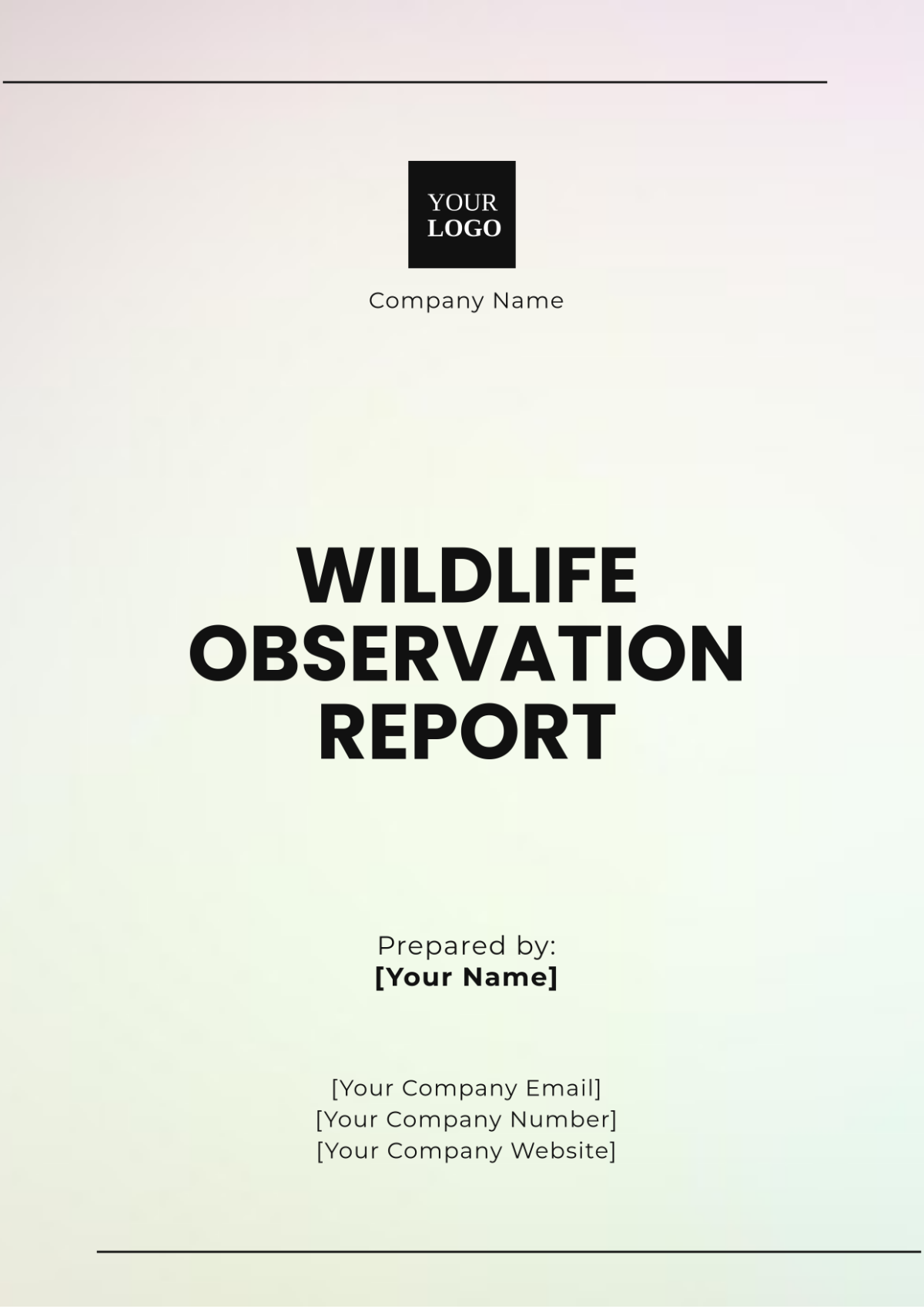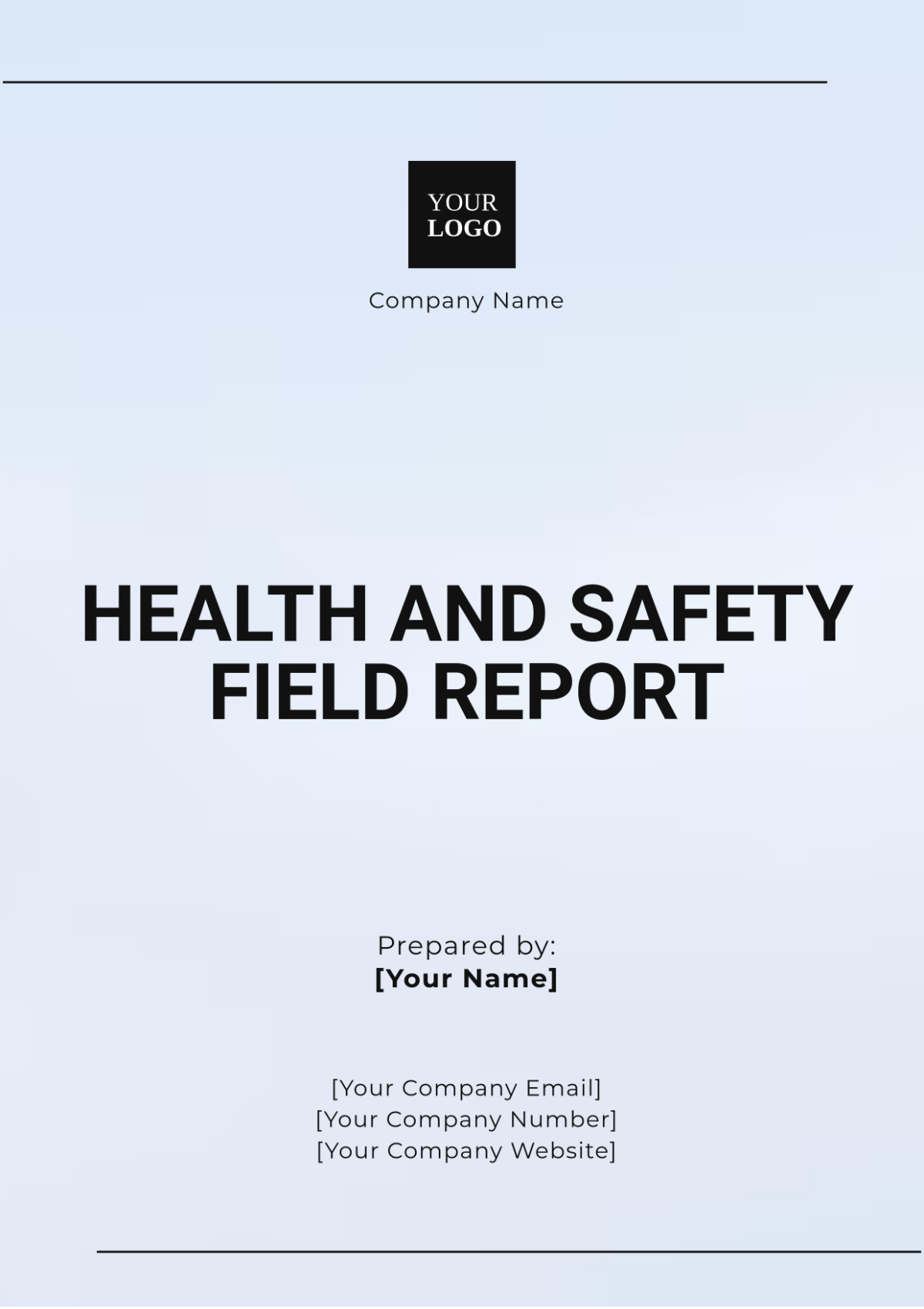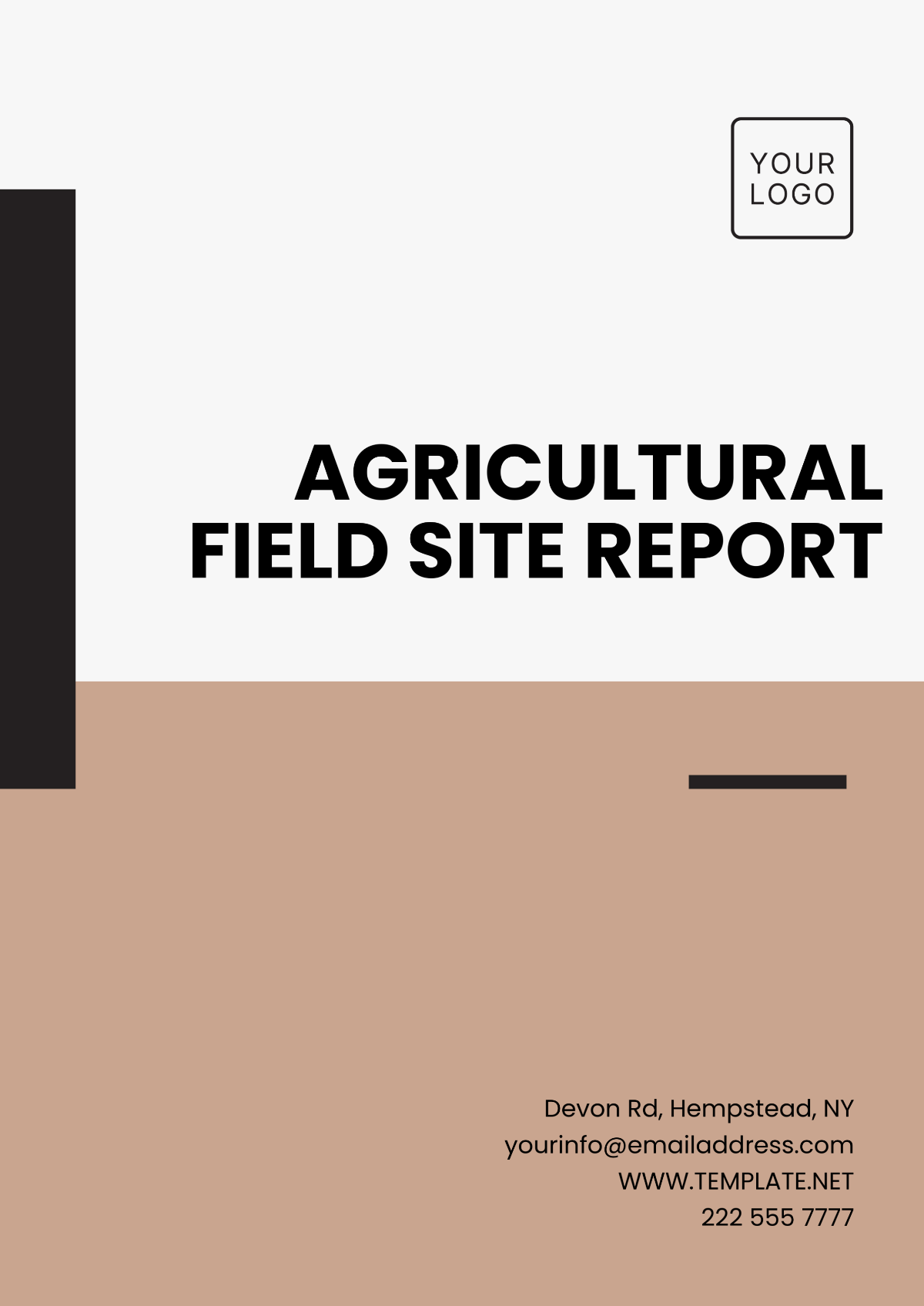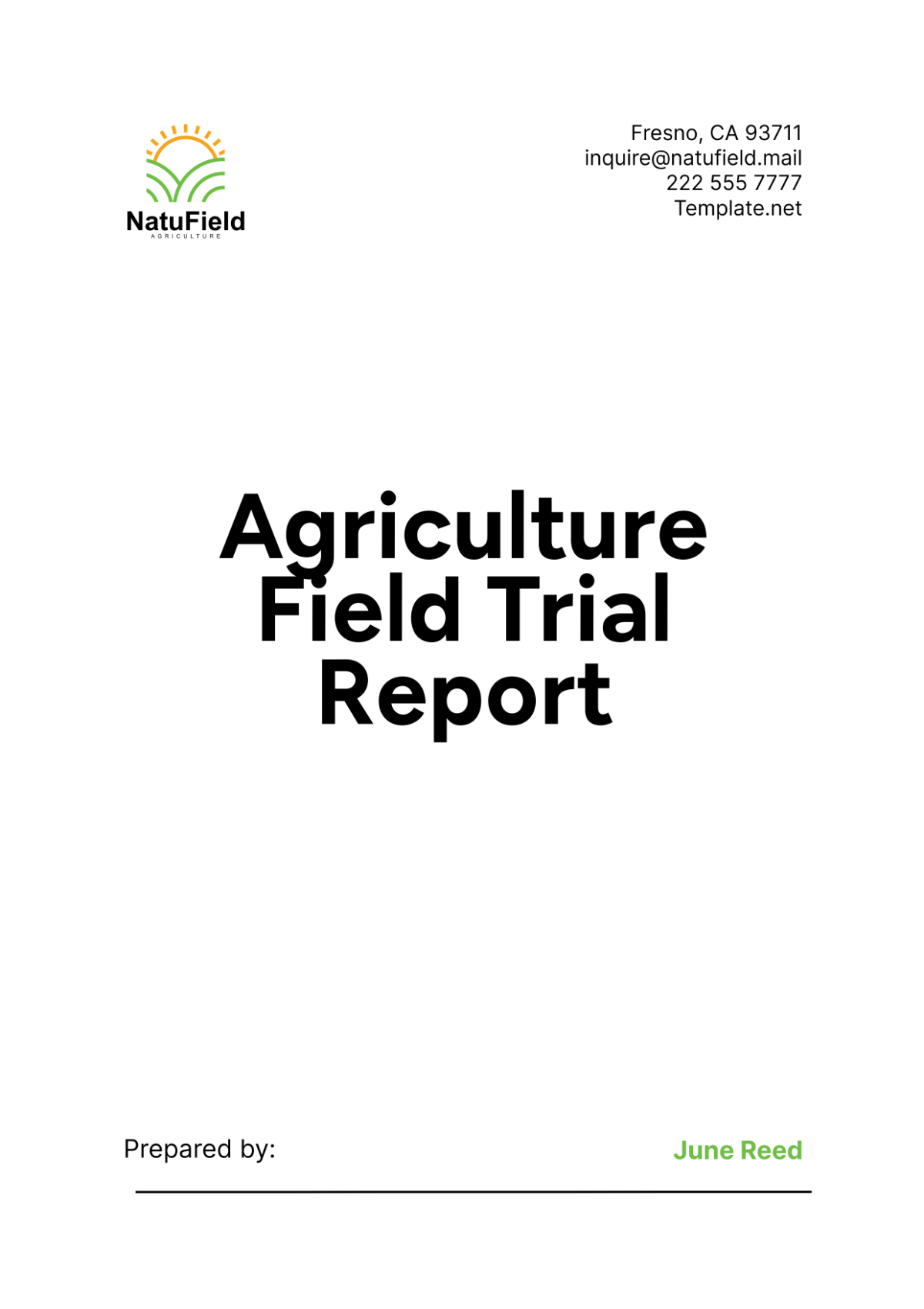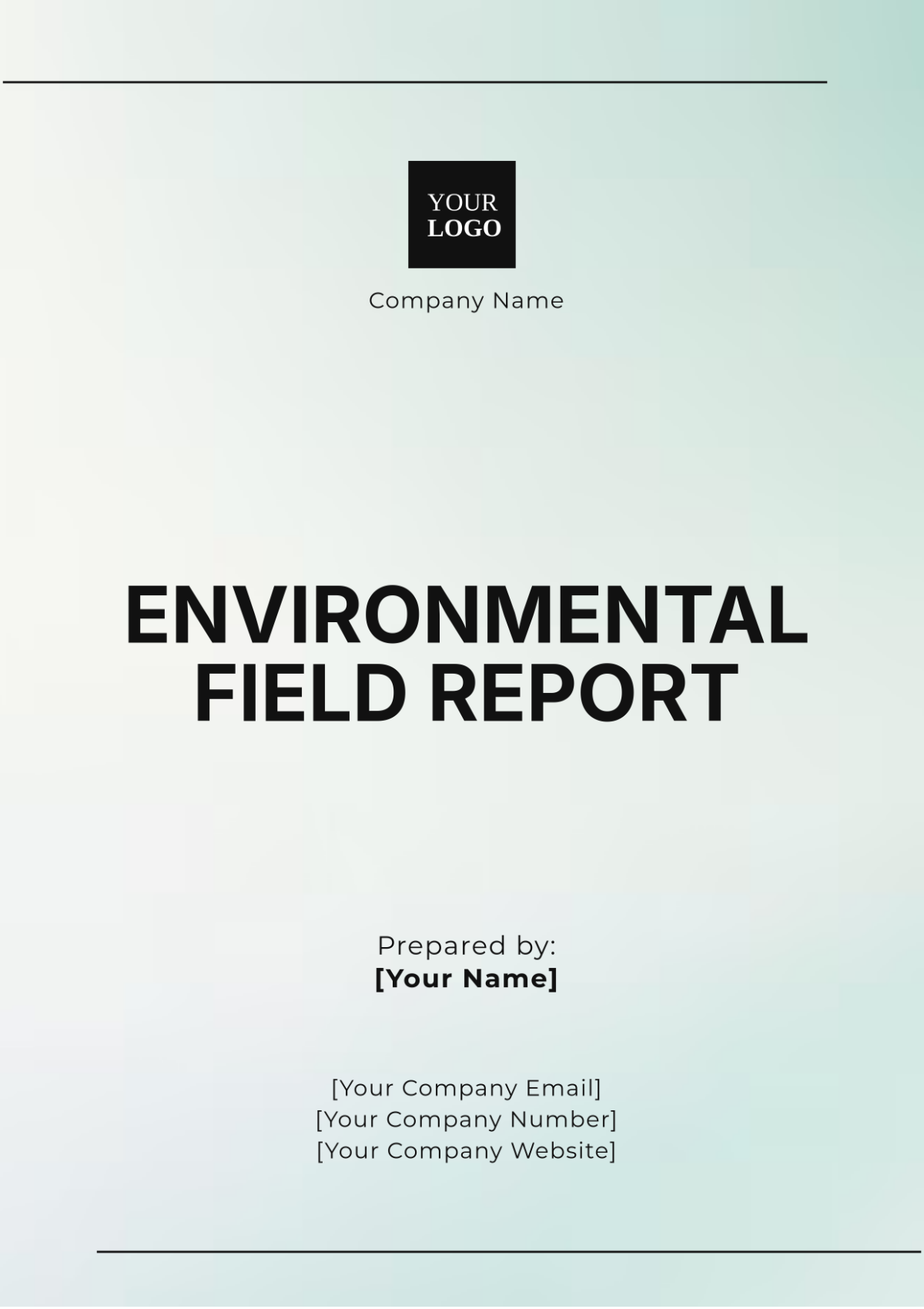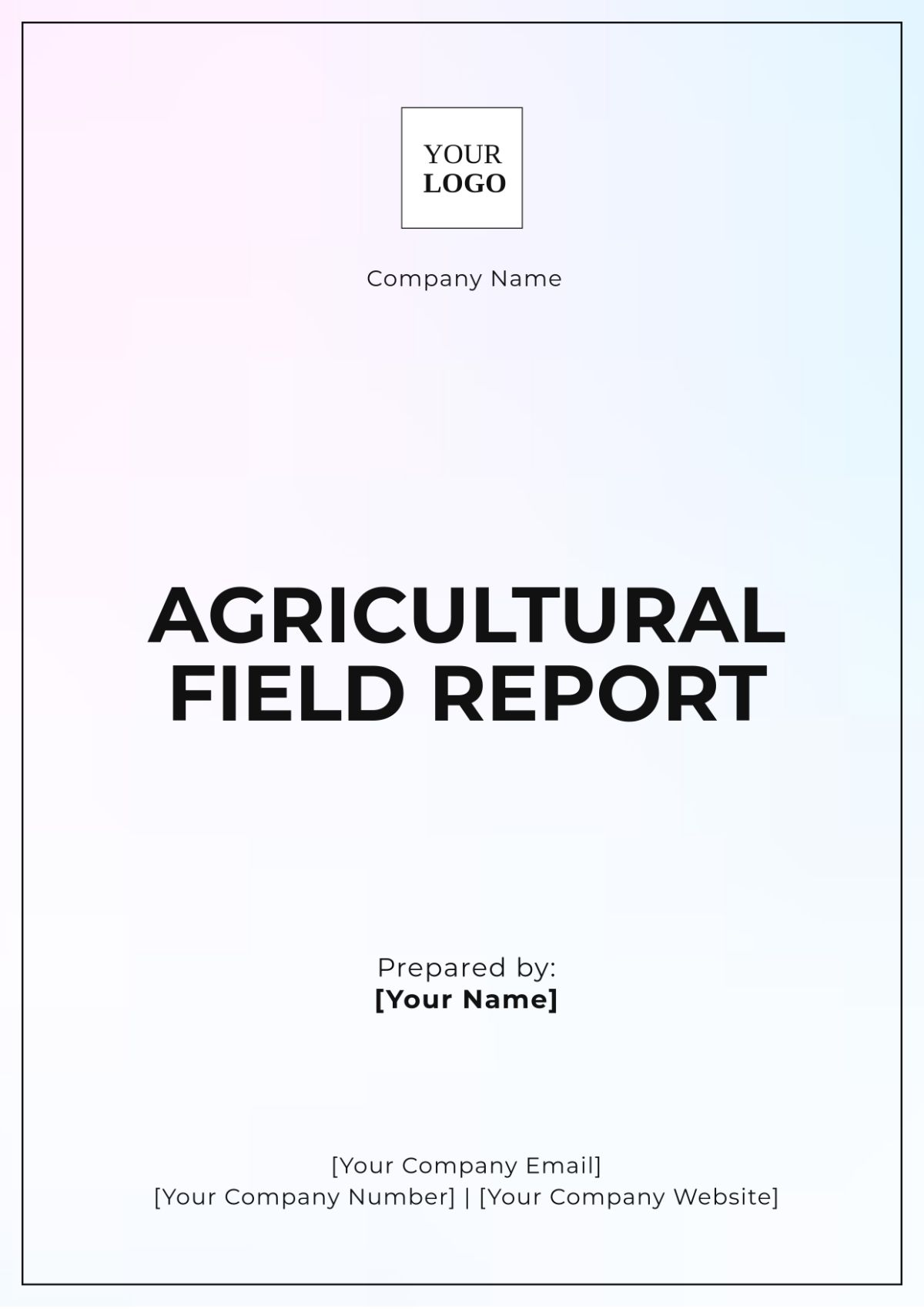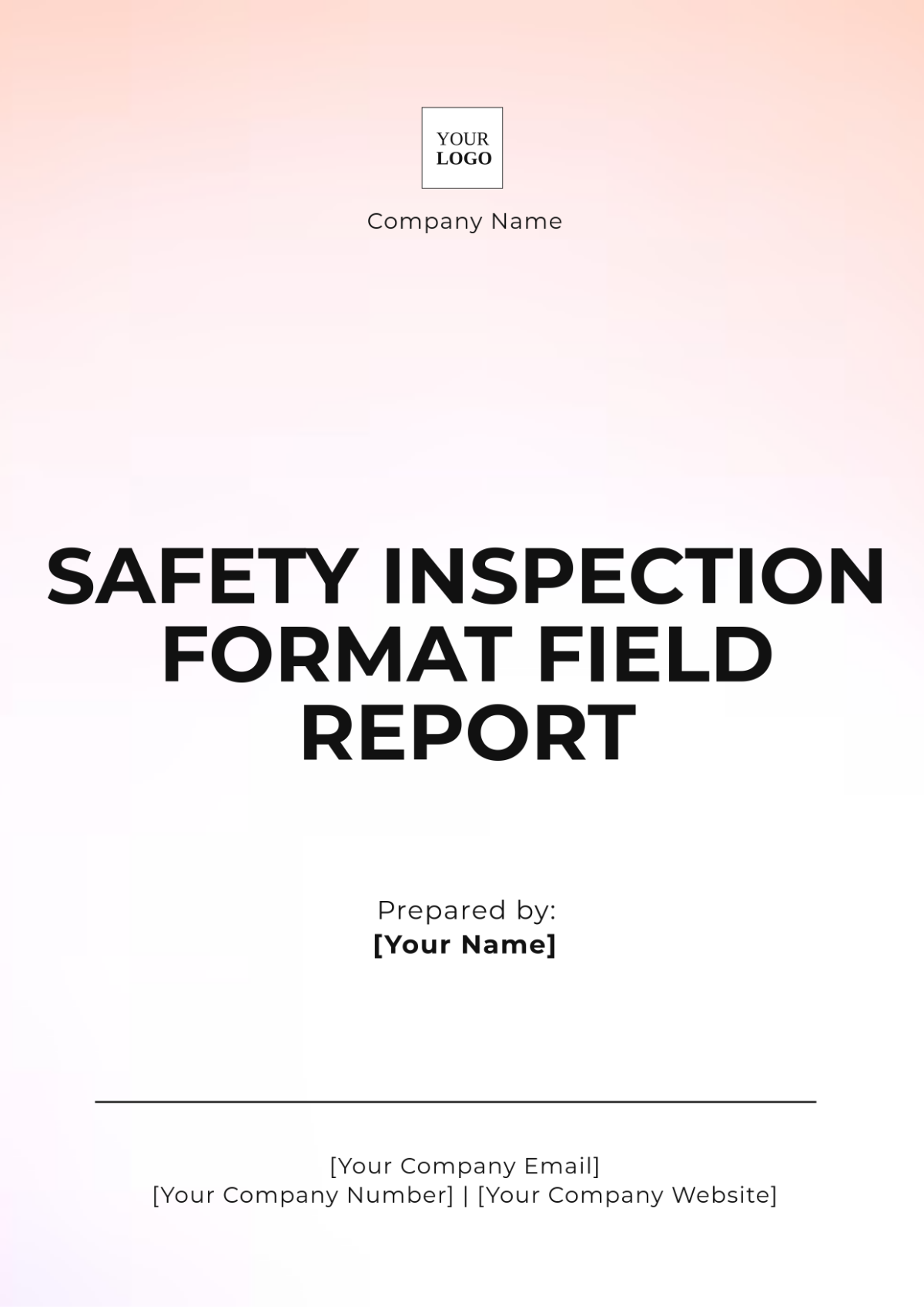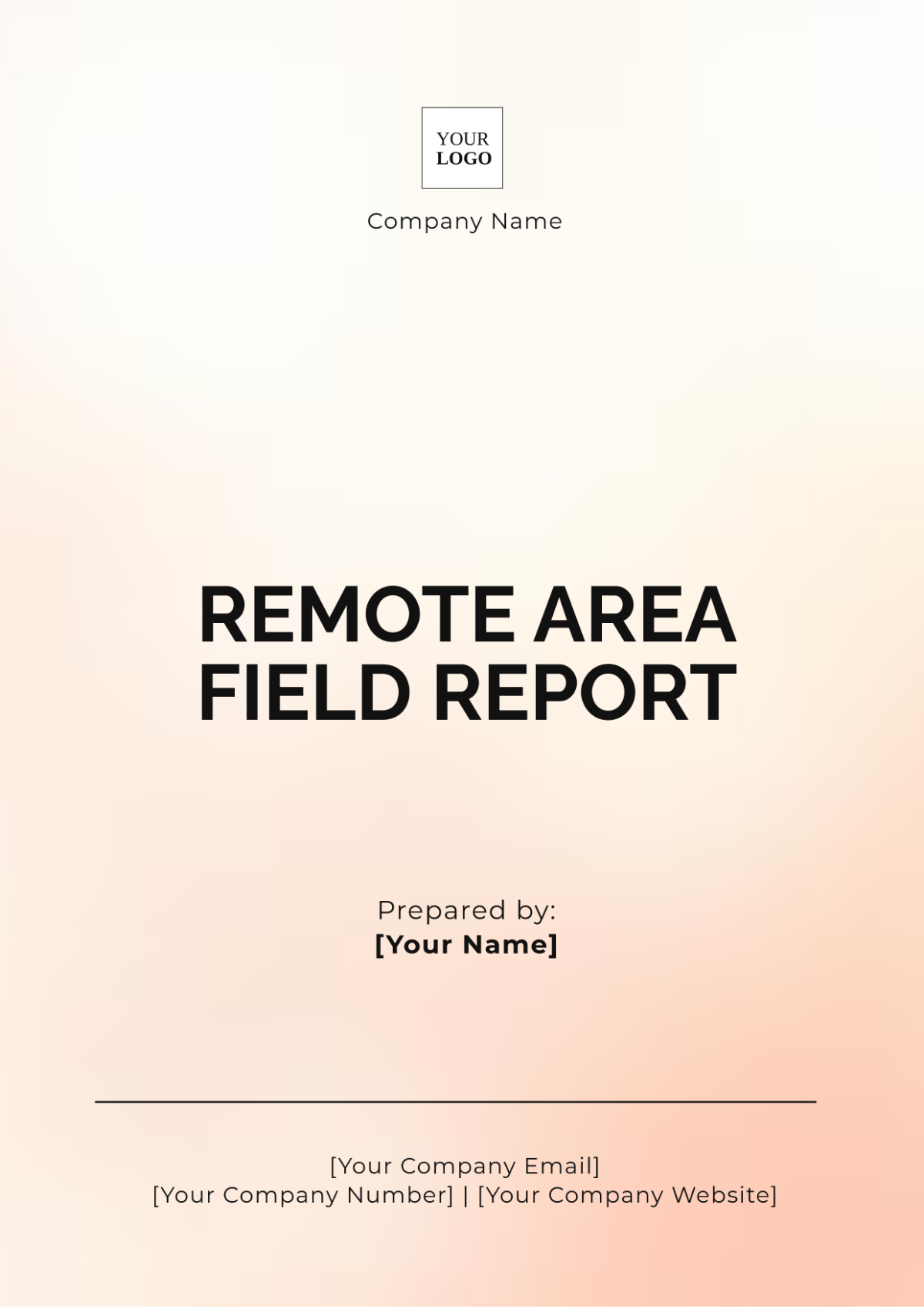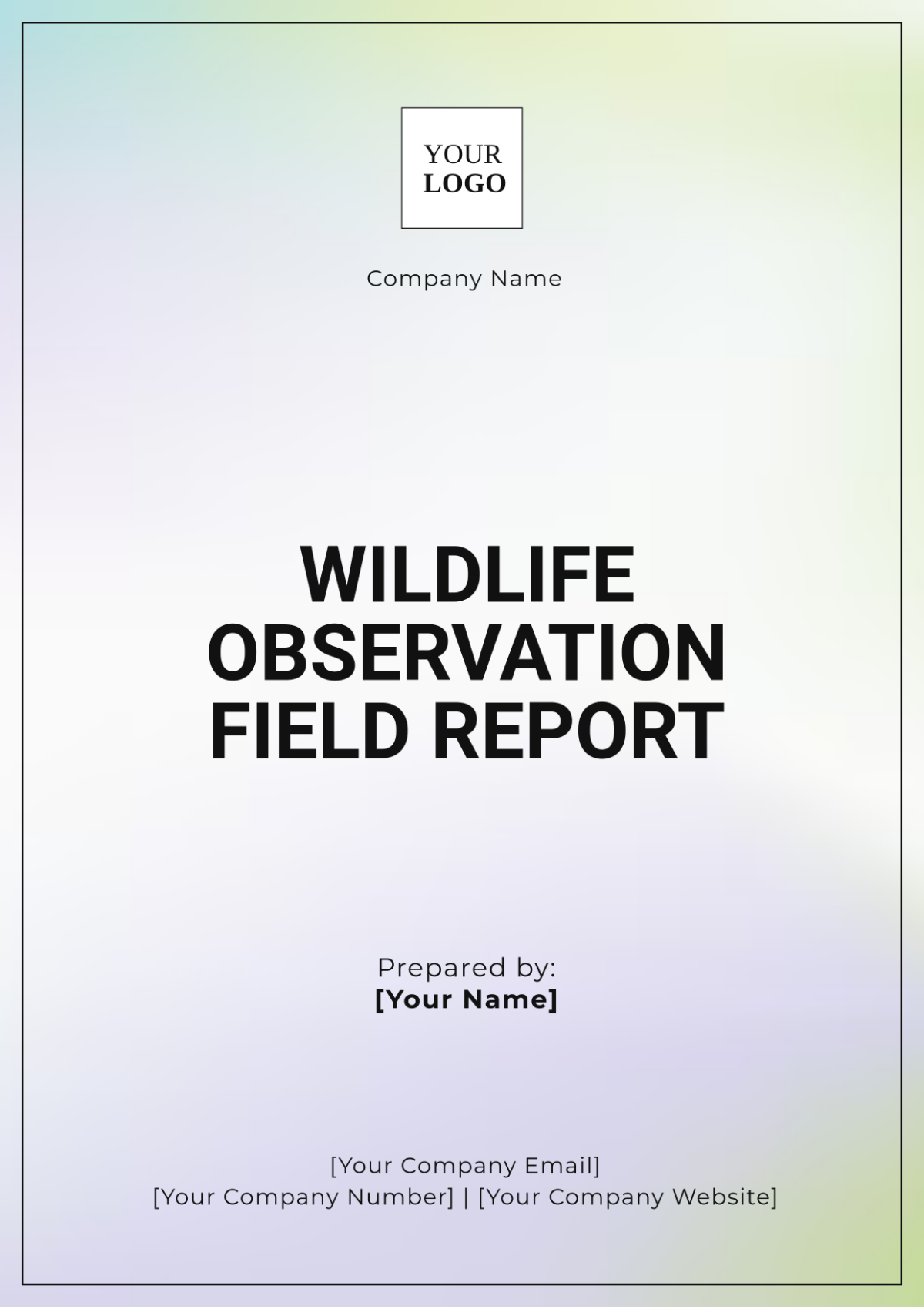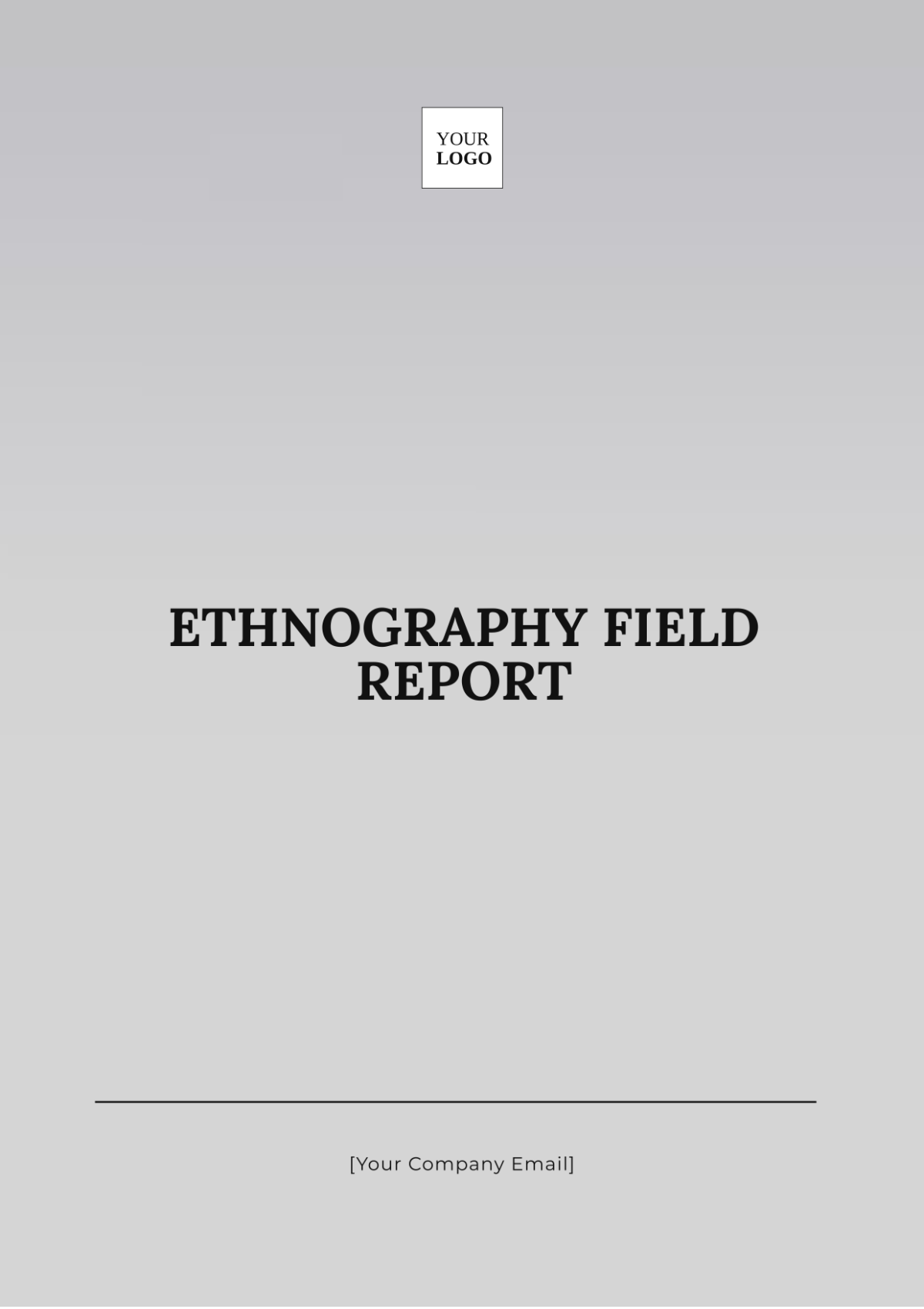Remote Area Field Report
Title: "Remote Area Field Report: Environmental Assessment of the Northern Highlands"
Prepared by: [Your Name]
Date: [Date]
I. Introduction
The purpose of this field report is to document the environmental conditions, biodiversity, and potential impacts of human activities in the Northern Highlands, a remote area located in the northern region of Country X. The assessment aims to evaluate the state of the ecosystem, the presence of endangered species, and the feasibility of establishing a sustainable resource management plan. This report is essential for guiding future development, conservation, and research efforts in the region.
II. Methodology
The study was conducted over two weeks, with fieldwork taking place between July 1 and July 15, 2050. The following methods were used to collect data:
A. Data Collection Techniques
Wildlife Surveys: Using camera traps, binoculars, and manual observation, we cataloged species diversity and wildlife behavior.
Plant Sampling: Plant species were identified and sampled using GPS coordinates to determine vegetation density and diversity.
Soil Analysis: Soil samples were collected at multiple points to assess the nutrient content and contamination levels.
Water Quality Testing: Water samples from nearby streams and lakes were analyzed for pH, turbidity, and chemical pollutants.
B. Equipment Used
GPS devices for mapping
Portable water testing kits
Digital cameras for documenting species
Soil testing kits
III. Findings/Observations
The environmental conditions in the Northern Highlands were diverse, with both pristine and disturbed areas identified throughout the region. The following key findings were observed:
A. Flora and Fauna
Endangered Species: Several endangered species, including the Northern Highland deer and the Blue Mountain bird, were observed in the area, indicating that the region may serve as a critical habitat for these species.
Vegetation: The northern portion of the region was dominated by dense coniferous forests, while the southern regions had more scattered deciduous trees and shrublands.
B. Water and Soil Conditions
Water Quality: Water samples from the region’s lakes and streams indicated high levels of dissolved oxygen, but some sites near potential mining locations showed elevated levels of heavy metals.
Soil Composition: Soil samples near industrial activity showed signs of acidification, particularly in areas affected by deforestation.
IV. Challenges/Limitations
Several challenges were encountered during the fieldwork that may have impacted the completeness of the data:
Accessibility: The remote nature of the Highlands made some areas inaccessible due to rough terrain and unpredictable weather conditions, limiting the scope of our sampling.
Communication Issues: The lack of reliable cellular and satellite communication in the region made it difficult to report real-time findings or call for assistance when needed.
Time Constraints: Due to time limitations, not all areas could be sampled, and some observations were based on limited data.
V. Conclusions/Recommendations
The findings suggest that the Northern Highlands remain ecologically significant but are under threat from nearby human activities such as mining and deforestation. The following recommendations are proposed:
A. Conservation Actions
Protected Area Designation: Designate key portions of the Highlands as protected areas to preserve endangered species and their habitats.
Sustainable Development: Introduce stricter regulations on resource extraction in the region to minimize environmental degradation.
B. Future Research
Conduct a more comprehensive biodiversity study to include seasonal variations and more in-depth soil and water analysis.
Establish a long-term monitoring program to track environmental changes and the effectiveness of conservation efforts.
VI. Appendices
Appendix A: Map of the Northern Highlands Region with GPS Coordinates of Key Observation Sites
Appendix B: Detailed Soil and Water Quality Test Results
Appendix C: Photographic Documentation of Endangered Species
Appendix D: Species List Recorded During Fieldwork
Appendix E: Raw Data from Camera Traps and Wildlife Surveys




